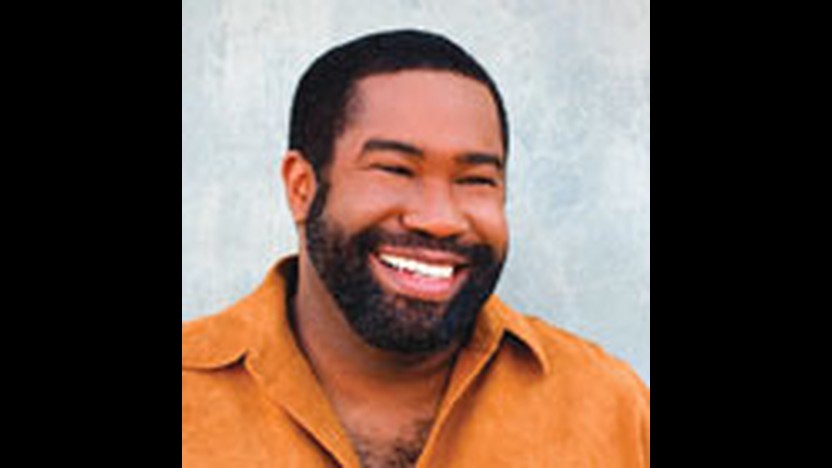Mozart, Adams and Beethoven



The scoring of Mozart’s Serenade for Winds in C Minor, K. 388—pairs of oboes, clarinets, bassoons, and horns—suggests that it was designed to serve as a festive piece, for use at some civic, probably outdoor, celebration. This would seem at odds, however, with the music’s gravitas: set in the stormy key of C minor, and comprising musical ideas of unsmiling severity. (Mozart would rework the Serenade in 1788 as the String Quintet in C Minor, K. 406.)
The opening Allegro’s first theme reveals Mozart to be an irrepressible font of melodic invention—a direct forebear, in this regard, to the following century’s “King of Song,” Franz Schubert. Following a dour unison statement, the theme spins forth a series of short melodic utterances, each of a distinct character, but which complement one another in seamless fashion: from plaintive, to aggressive, to coquettish in rapid succession, before the theme’s eloquent closing phrase.
The Andante responds to the first movement’s Sturm und Drang (“Storm and Stress”) with effortless melody set to transparent harmonies and delicate, featherweight textures. This is music that sits easily alongside Mozart’s most inspired slow movements.
The Menuetto is the Serenade’s most obviously festive feature. Yet even here, the music’s character is more angular, a bit surlier, than Mozart’s listeners might have expected from a wind band playing a genteel dance form. The minuet is a straightforward canon (think “Row, row, row your boat”). Mozart gets craftier for the contrasting Trio section, spinning a double canon in inversion: the second oboe presents the melody, taken up two measures later by the first oboe, but up a fourth and inverted (i.e., turned upside-down). Two measures later, the first bassoon repeats the second oboe melody, and the second bassoon inverts it, down a fourth.
The Serenade concludes with a set of seven variations on a beguiling theme. The most affecting of these—perhaps, indeed, one of the most exquisite passages of the entire work—is the seventh variation: a sinewy, chromatically rich transformation of the theme, which proceeds straightaway to the suddenly good-humored major-key coda.
Patrick Castillo ©2016

 Watch Video
Watch Video
Ludwig van Beethoven’s first two symphonies took their cues from Franz Joseph Haydn, the formidable “father of the symphony” and Beethoven’s teacher for a short while after he moved to Vienna. Soon enough, Beethoven honed a symphonic voice that eclipsed even Haydn’s in its scale and grandeur, beginning with the massive Symphony No. 3 (Eroica) from 1803 and continuing in the fateful Symphony No. 5 from 1808. Sandwiched between those landmark symphonies was a smaller specimen, the Symphony No. 4 in B-flat Major, underscoring Beethoven’s lasting debt to Haydn.
Beethoven composed the Fourth Symphony in mid-1806, and he first unveiled it at a private concert in March 1807. Close followers of Haydn’s London symphonies might have noted Beethoven’s nod to the Symphony No. 102, which likewise begins with a held B-flat in octaves. Whereas Haydn made a subtle detour to B-flat minor in his introduction, Beethoven fully embraced the move to the minor scale, until the harmonies sneak back to the major key via one of the score’s many slippery and surprising transitions, launching the Allegro vivace body of the movement.
The Adagio begins with an introductory figure that seems to have lingered from the end of the first movement, preparing the way for a sweet, singing melody. The third movement was labeled a Minuet, but the quick and boisterous music is really a scherzo in all but name, representing Beethoven’s faster and wilder take on Haydn’s dancing diversions.
Beethoven’s finale is full of Haydn’s impish wit, and it saves the best punch line for the end, when the violins, as if thoroughly exhausted, slowly trudge through the main theme one last time. After a similarly lethargic response from the bassoons and then the cellos and basses, the group rallies to end the symphony with an energetic flourish.
Aaron Grad ©2022
Get driving directions and find nearby parking.
Find dining options close to the venue.
View seating charts to find out where you'll be seating.
Get driving directions and find nearby parking.
Find dining options close to the venue.
View seating charts to find out where you'll be seating.
